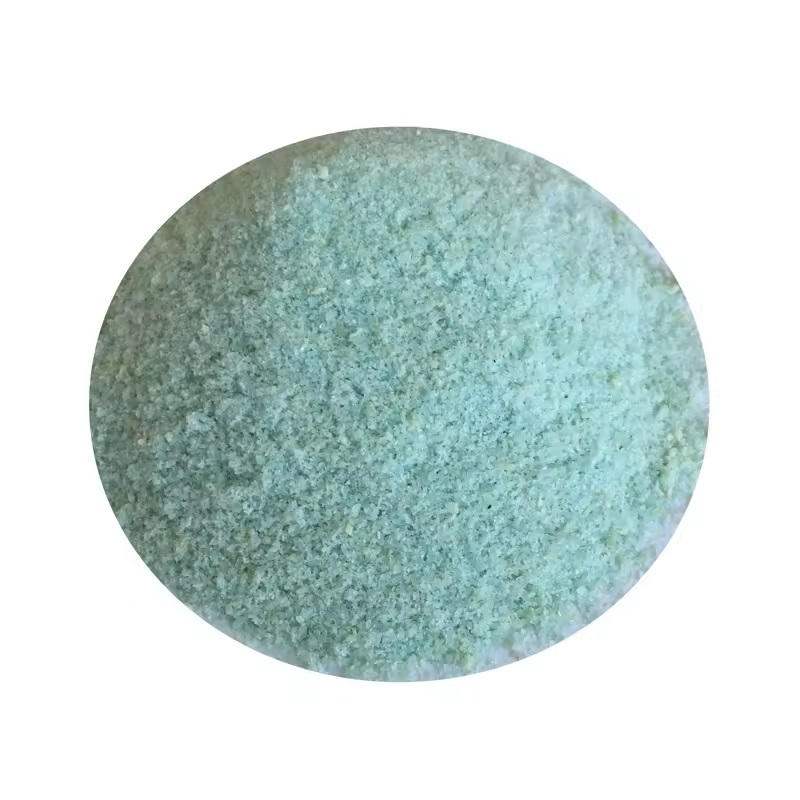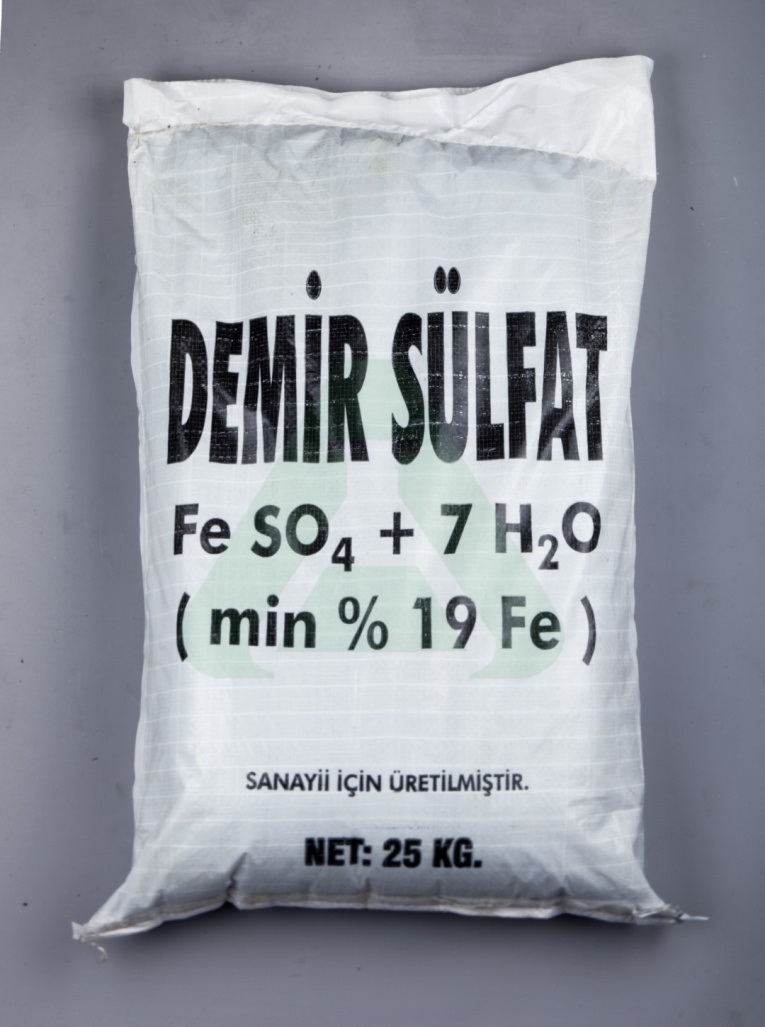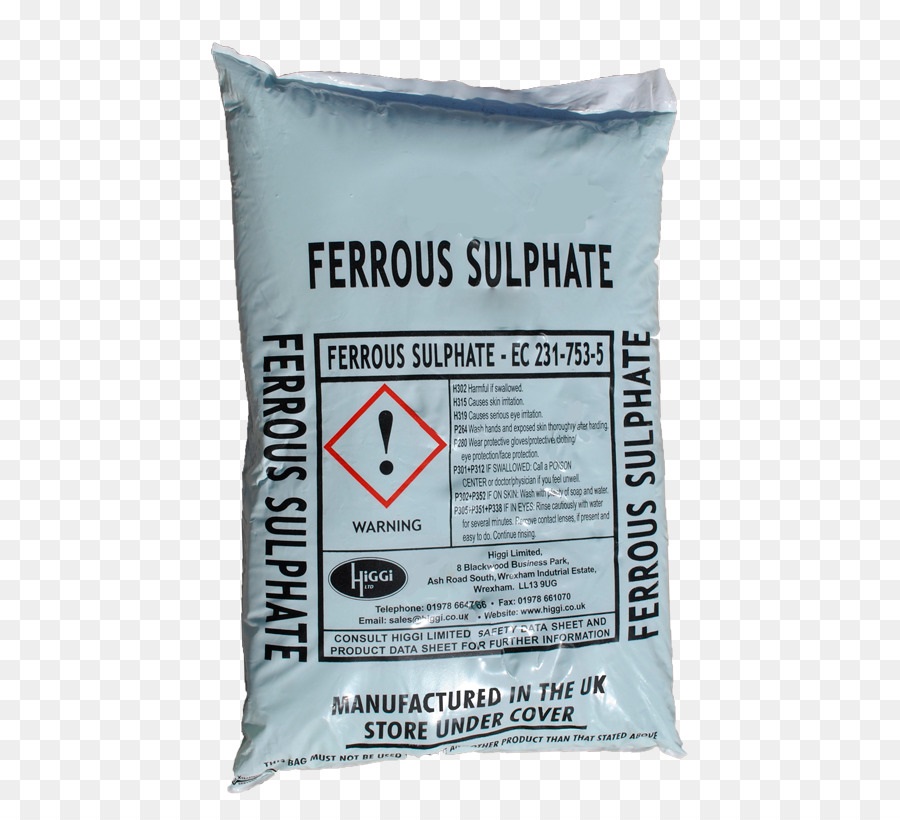We unleash your business potential by maximize the business innovation.
Send EmailIron Sulfate Monohyrate, Ferrous Sulfate Monohyrate, Iron Sulfate, Ferrous Sulfate, 7720-78-7
Molecular Formula (Iron Sulfate): FeSO 4
Molecular Weight: 151.91 g / mol
Chemical Name: Iron (II) Sulfate
CAS Number: 7720-78-7
Iron (II) Sulfate is a chemical compound formed by the presence of the +2 valenced Fe +2 ion and the -2 charged SO 4 -2 sulfate ion.
Ferric Sulfate is a chemical found in crystal form with a greenish color and a yellow-brown appearance.
Other Names:
Ferric Sulfate
Iron (II) Sulfate
Iron 2 Sulfate
Monohydrate Form
7720-78-7
Anhydrous Form
Fe (II) Sulfate
Ferro Sulfate
Sulfuric Acid Iron 2 Salt
Physical and Chemical Properties:
It has a green form or yellow-brown appearance in physical appearance. It has hygroscopic properties.
Its melting point is 64 ° C.
Its density is 3.56 gr / cm 3.
It has a good solubility in water in terms of solubility.
As stability, in humid environments, the outer surface is coated with Ferric sulfate with a brown appearance.
Heating Ferric Sulfate emits sulfur oxide gas, a toxic smoke.
Iron Sulfate Usage Areas:
It is added in cement production both to provide cost advantage and to provide good strength to the cement. In this way, high strength is provided with low cost.
In case of iron deficiency in plants, it causes chlorophyll synthesis to decrease. In some soils, especially pH is high. pH highness is generally in calcareous soils. By reducing the pH of calcareous soils, the plant is able to absorb the iron element. Iron deficiency in plants is eliminated with the addition of Ferric Sulfate and Sulfur.
Iron element is a very important mineral for plants. Chlorophyll synthesis occurs in enzymes found in plant cells. Color pigments are formed in plants thanks to chlorophyll synthesis. However, chlorophyll synthesis does not work very well in some plants. The reason for this may be iron deficiency. Therefore, agricultural drugs containing this chemical are produced to eliminate iron deficiency in plants. As a result of iron deficiency in plants, cell division decreases and therefore growth is inhibited.
In winter months, grasses become weak against frost. For this purpose, Ferric Sulfate is used to make grasses look greener and to be hard and firm against freezing cold. The only difference from iron sulfate, which is used to inhibit harmful weeds in agriculture, is that it is dosed lower.
It is used to inhibit algae. In this way, the spread of algae is prevented.
Organic acids found in fruits and vegetables cause discoloration. Ferrous sulfate-based fertilizers are used to prevent discoloration.
It is among the chemicals used to clean rust and dirt in equipment in the mining sector. The efficiency of equipment used in the mine increases and its life is extended.
Legume plants darken by undergoing oxidation in alkaline conditions. By using fertilizers containing this chemical on legumes, the reduction feature is utilized. In this way, color protection is provided in legumes.
It is used in the production of some chemicals in the chemical industry. These are chemicals such as sulfur dioxide and sulfuric acid.
Ferric Sulfate Anhydrate is used in products produced to be used as iron additives in non-medicinal nutritional supplements.
In case of high amounts of Chromium in cement, FeSO4.7H2O is used to reduce this chromium. It has a higher reduction ability than Sodium Metabisulfite.
It is used as a very effective plant nutrition substance in agricultural fertilizers where Glycolic Acid is the solvent. Its most important feature here is that it meets the iron needs of plants.


